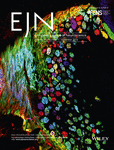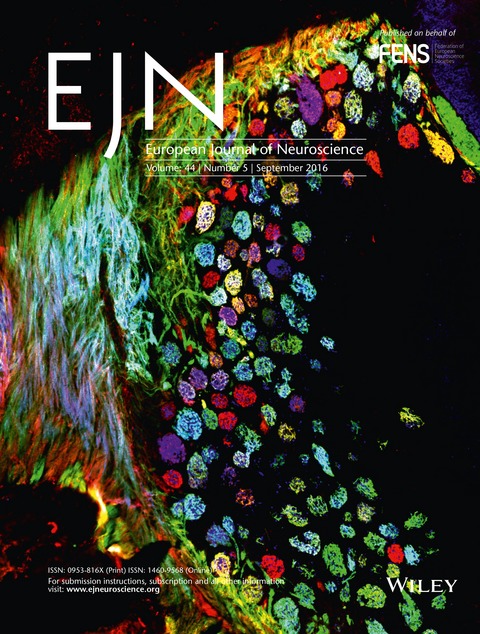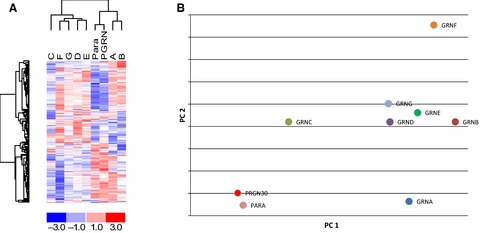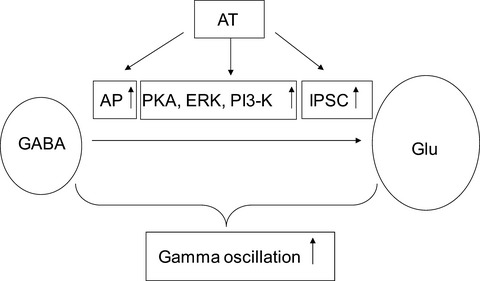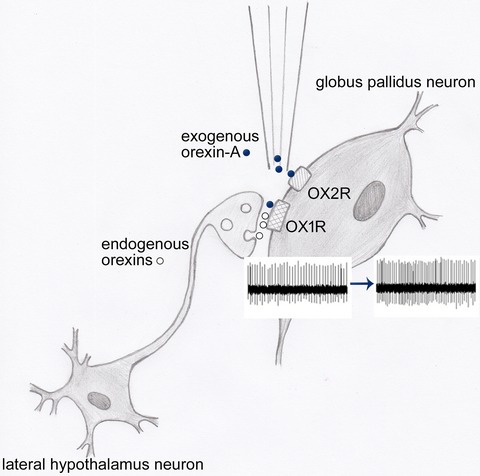Journal list menu
Export Citations
Download PDFs
Issue Cover
COGNITIVE NEUROSCIENCE
Commentary on Featured article
Adult cortical plasticity: a murine model? (Commentary on Smolders et al.)
- Pages: 2163-2164
- First Published: 10 January 2016
Featured Article
Retinal lesions induce fast intrinsic cortical plasticity in adult mouse visual system
- Pages: 2165-2175
- First Published: 10 December 2015
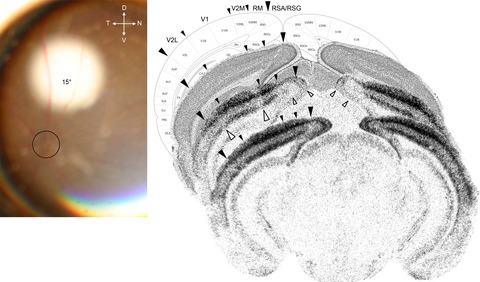
Induction of a monocular retinal lesion immediately influences neuronal activity in different lesion projection zones throughout adult mouse visual cortex. The speed of recovery of neuronal activity post injury mirrors retinotopic organization, cortical magnification factor and receptive field size. This vision impairment model can lead to a better understanding of brain region-, cell type-, and microcircuit-specific contributions to different forms of cortical neuronal plasticity in mammals.
When neutral turns significant: brain dynamics of rapidly formed associations between neutral stimuli and emotional contexts
- Pages: 2176-2183
- First Published: 23 June 2016
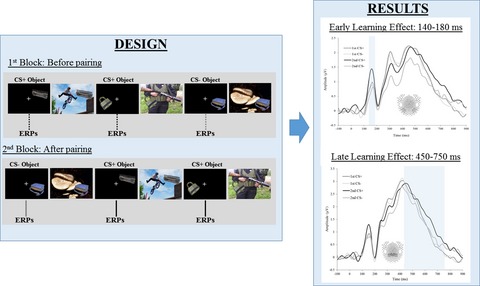
The capacity to form associations between neutral and affective information is crucial for generating adaptive responses. In this study, we found that after single association, neutral objects previously encoded in the context of emotional compared to neutral scenes evoked a larger P100 (140–184 ms) over occipital electrodes and larger late positive potentials (LPP) over parietal–occipital electrodes (450–750 ms). The data provide direct evidence for fast emotional associative learning, which could assist in understanding binding mechanisms in stress- and addiction-related disorders.
Systematic assessment of duration and intensity of anodal transcranial direct current stimulation on primary motor cortex excitability
- Pages: 2184-2190
- First Published: 23 June 2016
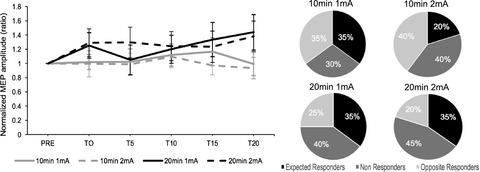
This study suggests that none of the most frequently used anodal tDCS parameters effectively modify cortical excitability at a group level. Based on an objective classification of response rates, low levels of responders were obtained, with response rates ranging from 20 to 35%. Although none of the baseline measures were related to the magnitude of MEP changes, our result suggest that inter-trial MEP amplitude variability may contribute to variability to response to anodal tDCS.
Reputation in an economic game modulates premotor cortex activity during action observation
- Pages: 2191-2201
- First Published: 01 July 2016
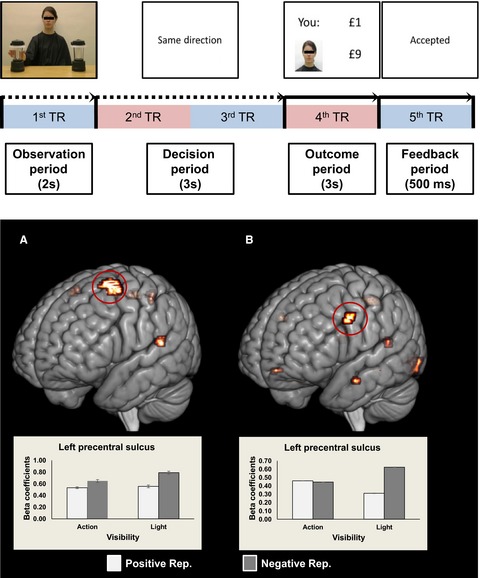
We investigated how the neural processing of a persons' actions during an economic game is influenced by their reputation. We found significantly greater activation in the left dorsal premotor cortex (dPMC) when participants saw the action of a person with a negative reputation compared to a person with a positive reputation. Our findings show that the processing of observed actions is modulated by an actor's reputation, and suggest a predictive role for the dPMC during action observation.
High post-movement parietal low-beta power during rhythmic tapping facilitates performance in a stop task
- Pages: 2202-2213
- First Published: 01 July 2016

12–20 Hz beta modulation during auditory-paced finger tapping over parietal and contralateral motor cortex was reduced if sudden movement inhibition was required. Negative mean asynchrony was also reduced indicating more hesitant tapping to the sound. Yet if the beta increase following the last regular tap was relatively high, tapping was more successfully interrupted when required. Elevated beta may thus reflect reduced cognitive load and increased confidence in current performance.
MOLECULAR AND SYNAPTIC MECHANISMS
Identification of biological pathways regulated by PGRN and GRN peptide treatments using transcriptome analysis
- Pages: 2214-2225
- First Published: 16 June 2016
Brain BDNF levels are dependent on cerebrovascular endothelium-derived nitric oxide
- Pages: 2226-2235
- First Published: 16 June 2016

The changes in cerebrovascular endothelial nitric oxide synthase (eNOS) activity induced by physical exercise and bilateral common carotid occlusion translated into parallel changes in brain-derived neurotrophic factor (BDNF) levels in both the cortex and hippocampus. When induced after vascular occlusion, physical exercise failed to increase eNOS activity and BDNF levels, whereas the exposure of brain slices to a NO donor induces elevation in BDNF and proBDNF levels.
Atorvastatin enhances kainate-induced gamma oscillations in rat hippocampal slices
- Pages: 2236-2246
- First Published: 23 June 2016
Orexin-A increases the activity of globus pallidus neurons in both normal and parkinsonian rats
- Pages: 2247-2257
- First Published: 23 June 2016
Partial inactivation of GABAA receptors containing the α5 subunit affects the development of adult-born dentate gyrus granule cells
- Pages: 2258-2271
- First Published: 01 July 2016
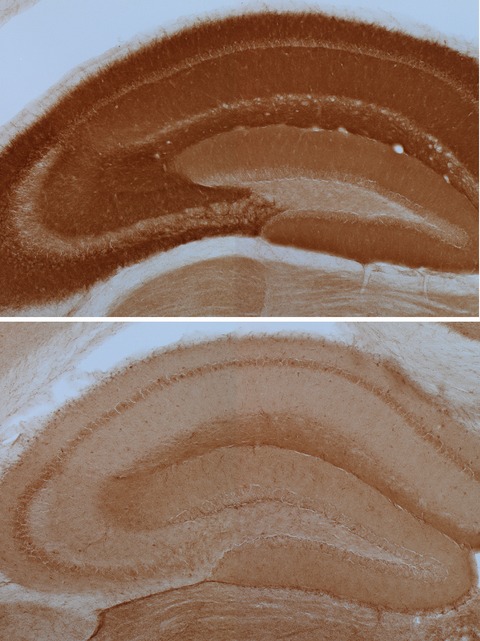
Partial inactivation of Gabra5, the gene encoding the GABAAR α5 subunit causes severe alterations of migration and dendrite development of adult-born dentate gyrus granule cells in mice. In α5-het mice, the deficit could be reversed by retrovirally-mediated overexpression of Cdk5, suggesting that this signalling pathways cooperates with α5-GABAARs to regulate neuronal development. In conclusion, minor imbalance of α5-GABAAR-mediated transmission may have major consequences for neuronal plasticity; calling for caution upon chronic therapeutic use of negative allosteric modulators acting at these receptors.
The active zone protein CAST regulates synaptic vesicle recycling and quantal size in the mouse hippocampus
- Pages: 2272-2284
- First Published: 16 July 2016
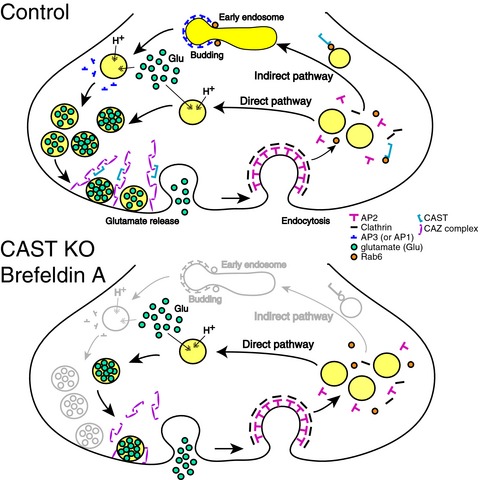
A hypothetical schema of synaptic vesicle dynamics in the presynaptic terminal. (Upper) Normal dynamics of synaptic vesicles in WT mice. Following the release of glutamate, newly-generated synaptic vesicles are transported directly or indirectly via the endosome to the pool of synaptic vesicles, which may be regulated by CAST. CAST may also regulate membrane fusion of synaptic vesicles. (Lower) Impaired synaptic vesicle dynamics in CAST KO mice or by brefeldin A. The indirect pathway via the endosome is impaired in CAST KO mice or blocked by brefeldin A. The lack of CAST may also impair membrane fusion of synaptic vesicles.




